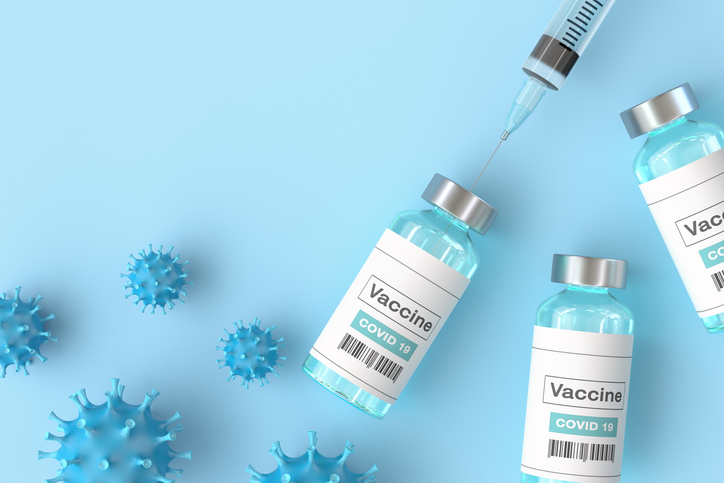A Dose of Empathy: Understanding the Root of COVID Vaccine Resistance

The COVID-19 vaccine has been available to the public for nearly a year. Despite many reports on the vaccine’s safety, and the fact that it’s widely available and at no cost, many patients remain hesitant to receive it.
Researchers from Johns Hopkins found that the higher the Social Vulnerability Index (SVI) score of a community, the more likely it was to have high vaccine hesitancy. Counties with high SVI scores had vaccination rates at 17%, compared to 19% in communities with low-moderate SVI ratings.
According to the CDC, “Social vulnerability refers to the potential negative effects on communities caused by external stresses on human health.”
The Johns Hopkins researchers also found that during the first weeks of the vaccine rollout, communities had similar vaccine hesitancy, no matter their SVI score. However, by April, high hesitancy communities quickly emerged.
“By August, the researchers noted a 9-percentage point gulf in vaccine receipt between high- and moderate-hesitancy counties and a 17-percentage point difference between high- and low-hesitancy counties,” wrote Patient Engagement HIT
Racial health disparities also play a role in COVID-19 vaccination. Not only are Black patients more likely to have a COVID infection than white patients, they’re also more hesitant to receive the vaccine due to distrust of the medical system due to racism.
In addition to the above factors, Press Ganey found there are four determinants of vaccine hesitancy:
- Complacency
- Convenience
- Confidence
- Calculation
For those who were enthusiastic about the vaccine, researchers found they felt the benefits of the vaccine outweighed the risks and had trust in the safety and efficacy of the vaccine. Patients whose fears were assuaged and who learned about how the vaccine can protect them from COVID-19 were more likely to be vaccine enthusiastic.
What’s contributing to vaccine hesitancy?
Aside from the above reasons, people are hesitant to get vaccinated because they don’t trust the government or government bodies like the Centers for Disease Control (CDC). The CDC hasn’t updated its COVID vaccine breakthrough data since September, which can make some people feel like the agency is hiding something.
Another issue at play is the fear of severe side effects from the vaccine. As more and more people get vaccinated, the FDA and CDC are getting a clearer picture of vaccine adverse events via the Vaccine Adverse Event Reporting System (VAERS).
Celebrities, social media and some news outlets also play a role in vaccine hesitancy by sharing false information about the virus, the vaccine and its side effects.
How to talk to your patient about the vaccine
How you approach your patient about COVID vaccination can influence whether or not they get the shot.
Regardless of where your patient received their information, it’s important to show empathy when listening to their fears and concerns. The CDC recommends being genuinely curious about why the patient feels the way they do. It’s also important to be sensitive to any cultural, religious or other circumstances that may influence how a patient views the vaccine.
Keep in mind that debating and arguing aren’t effective and may actually backfire with someone who has come to your office with fears about the vaccine.
Understanding why your patient feels the way they do and responding with empathy may go a long way in addressing vaccine fears and misinformation.



